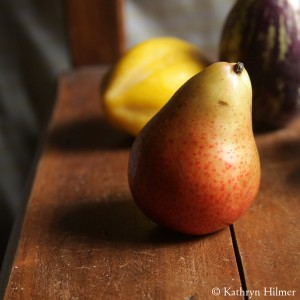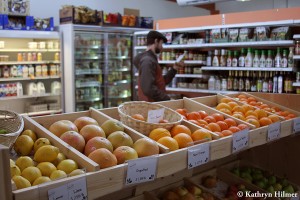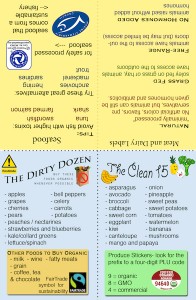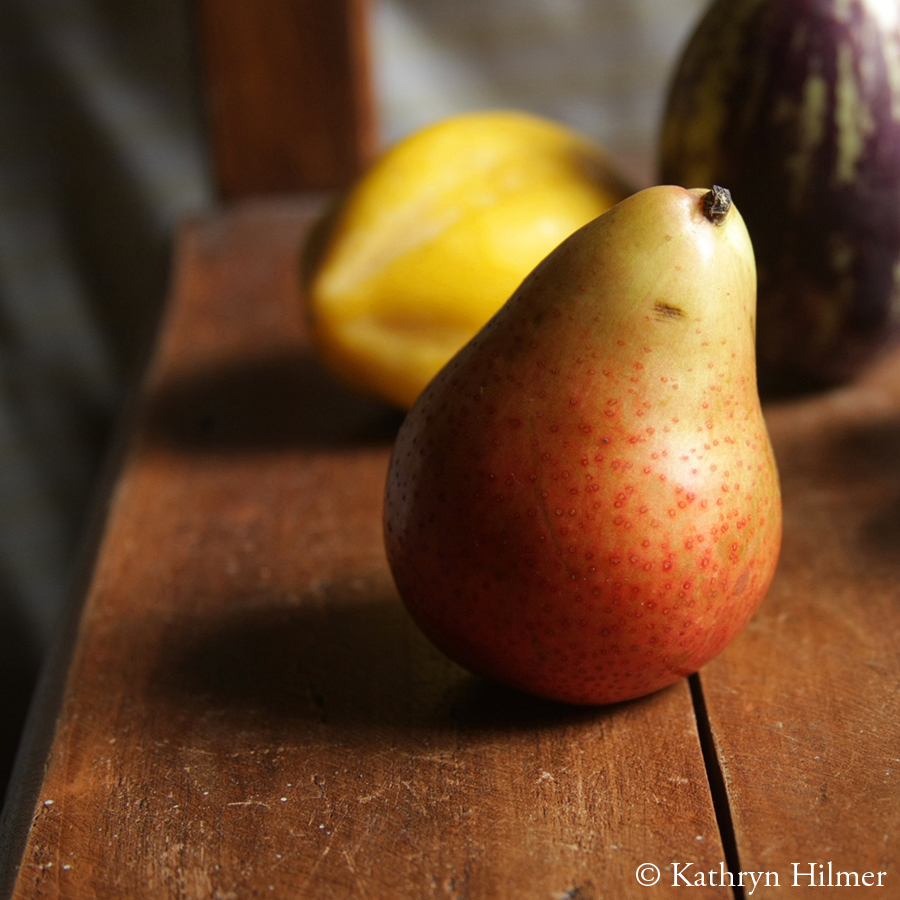
It’s mid-January already! Time, I think, for an update. Have I kept good on my promise to eat well and have I managed to do it cheaply? I will say yes! For the most part. The holidays do bring setbacks… not only with cookie intake, but with keeping track of the content of our food. Between working more hours, visiting with family, and readying presents, priorities get a little switched up. But here’s a rundown of our progress so far.
I’ve kept a food budget since November, tracking the location of our purchases, the total and the price of each item, even the price per pound for items bought in bulk. Recently I’ve fallen a bit behind and the receipts are piling up on my desk, but my tallies so far are promising. We spend the majority of our grocery bill at the co-op, and end up saving quite a bit on produce and bulk items. We eat less meat, but it’s better meat. We feel better and neither of us have gotten sick in months, but whether that’s the food we’re eating or our iron-clad immune systems, I’m not entirely sure.
The holiday bustle left less time for carefully planning and documenting my meals. The weather was increasingly gray, too, and I missed the natural sunlight that used to grace my food photos. During the really cold weather we were less likely to make the co-op a priority, just venturing out to the nearest grocery store if we only needed a few items. We tried to make our few visits in December count more, but I even missed a shift when I couldn’t find one to fit my schedule.

So you might say our efforts slowed down in December. Fortunately, my education did not. Attending the Montana Organic Association conference was like a crash course in organic agriculture. One of the things I realized: it’s important now more than ever to support local farmers, and to consciously not support companies that act only out of self-interest for a quick profit. As consumers, we’re not involved in food production and distribution, but we still have special powers. We can create demand and take it away. We can vote with our food purchases.
But it’s not always easy to keep track of the content of your food. You might not always have time to go to the natural foods store, and if you want to go out to eat, odds are you can’t afford to eat at the restaurant that lists the life history of every vegetable on your plate. At those times, we usually don’t worry about whether our food is organic or not, but whether it is fresh, delicious, and preferably local (at least supporting a local business). And you can even go a step further by keeping in mind a few foods that are risky to eat when grown conventionally, and a few that aren’t.

You’ve probably heard of the “Dirty Dozen.” The Dozen are the foods (fruits and veggies) proven to have the highest levels of pesticide residues when grown conventionally, whereas their counterparts the “Clean Fifteen” are deemed safer because they show very little traces of toxicity. If you’re going to buy foods from “the Dozen” list, then you should probably buy them organic. But choosing conventional items from the “Clean Fifteen” list is comparable to choosing their organic counterparts (social and environmental impact aside). Often the foods from this list have thicker skins that are less penetrable by pesticides, but it’s not always easy to remember which are “clean.” Some of them aren’t sprayed as much because they’re just naturally more pest-resistant.
And in reality, there are more than a dozen you could call dirty and more than fifteen you could call clean. I’ve found slightly varying versions of the list from several different sources, and would rather not be limited by the word “dozen” just because it sounds catchy. So I’ve made my own guide, and because it’s cute and helpful, I formatted it to fit in your pocket. If you’re like me and have trouble remembering what’s on which list, you can print this out, cut and fold and stick it in your purse or wallet. As a bonus there’s some tips there for deciphering PLU codes and identifying other healthy and sustainable items at the grocery store.
If you want to know more (there’s so much more than can fit in your pocket!), here are some helpful websites:
Organic Consumer’s Guide to the Dirty Dozen I like this one because it lists substitutions (nutritional equivalents) for the dirty dozen.
Monterey Bay Aquarium’s Seafood Guide A guide to safe seafood around the US according to region.
Just Label It A website about the importance of labeling our food.
*And if you have a smart phone, the Environmental Working Group puts out a Dirty Dozen app AND the Monterey Bay Acquarium’s Seafood Guide is also available as an app.

